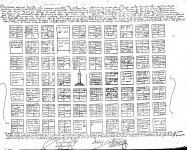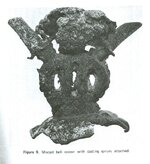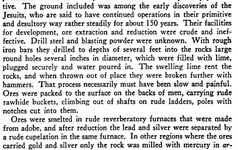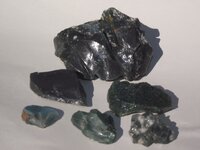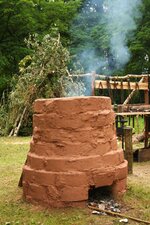UncleMatt
Bronze Member
- Jul 14, 2012
- 2,389
- 2,530
- Detector(s) used
- Garrett Infinium & Gold Bug II, Bazooka Super Prospector Sluice
- Primary Interest:
- All Treasure Hunting
But I don't want to derail the thread, I was honestly curious if perhaps the Jesuits had knowledge of how to recover gold and silver from telluride ores, and if that it gave them an edge in collecting and hoarding those metals in the New World. So if anyone ever comes across anything related to that I would love to hear about it. We now return you to the regularly scheduled thread, already in progress.




